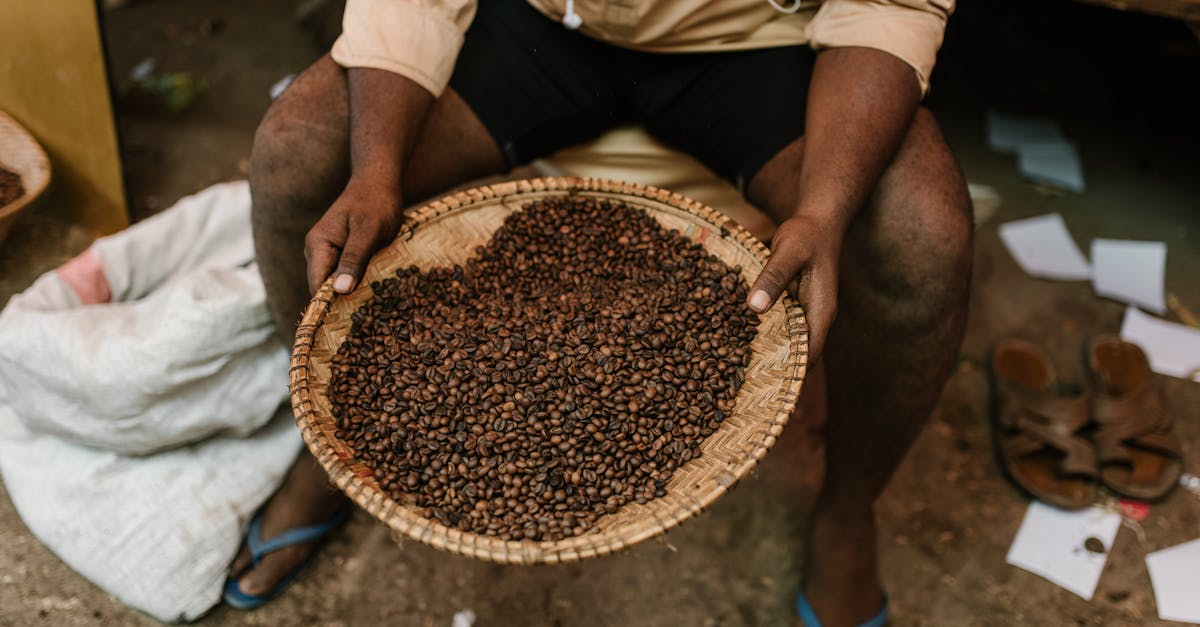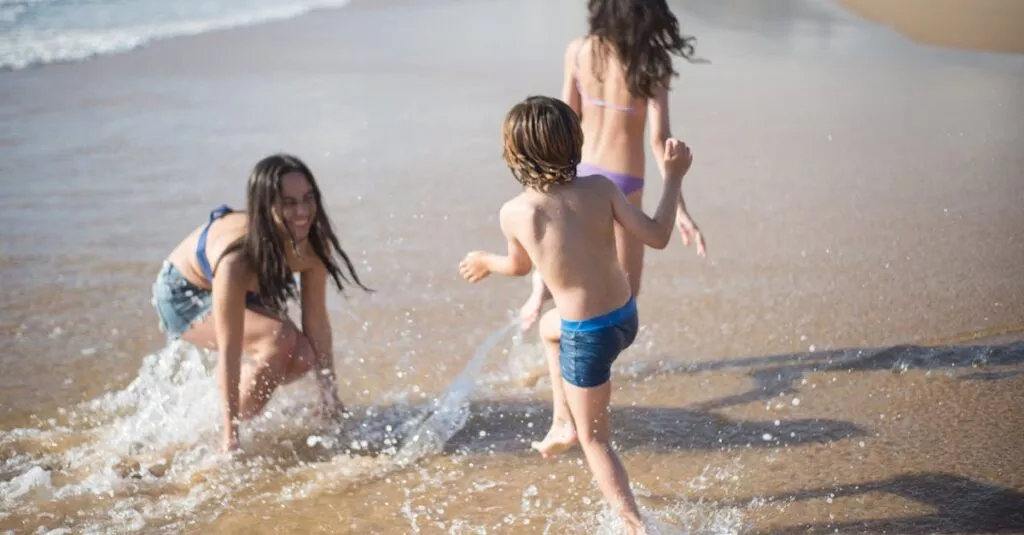1. Start Small: Local Eco-Trips
Traveling doesn’t need to be international to start teaching kids about sustainability. Begin with local eco-trips. Visit nearby parks, nature reserves, or botanical gardens. These short trips are perfect to introduce your kids to the beauty of nature and how important it is to protect it. Plus, it’s a win-win: less travel time means more adventure time!

2. Pack Light, Travel Right
Packing light is a great way to reduce your family’s carbon footprint. Involve your kids in packing, showing them how to choose smaller, lighter items that they truly need. This teaches them about minimizing waste and the benefits of traveling with less. Don’t forget reusable water bottles and bags; these habits help save the environment and also make your life easier!
3. Sustainable Activities for Kids
Engage your kids in sustainable activities during your travels. Sign up for beach cleanups, tree planting sessions, or visits to wildlife sanctuaries. These hands-on experiences are not only educational but also fun for kids. They get to see firsthand the positive impact their actions can have on the environment.

4. Eat Local, Stay Green
Eating local is a delicious way to be eco-friendly. Introduce your kids to local foods and explain how locally-sourced food reduces the carbon footprint while supporting local farmers. It’s also a chance to try new dishes and flavors. Making sustainable eating choices teaches kids to appreciate and respect different cultures and the planet.

5. Support Eco-Friendly Accommodations
Choose eco-friendly accommodations like eco-lodges, green hotels, or camping sites. Explain to your kids why selecting these options is better for the environment. Look for places with recycling programs, energy-efficient practices, and those that give back to the local community. This teaches your kids that their choices matter, even in where they stay.

6. Reflect and Discuss
After your trip, take time to reflect and discuss what you’ve learned. Encourage your kids to share their thoughts and feelings about the sustainable practices they experienced. This bonding time reinforces their learning and helps them understand the importance of ongoing sustainable practices in everyday life.

